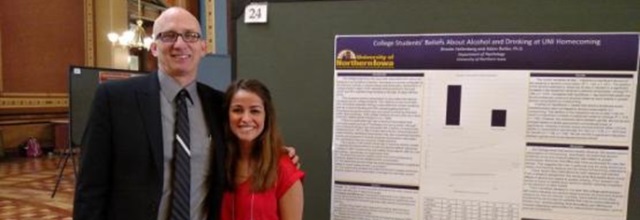Honors Program Theses
Award/Availability
Honors Program Thesis (UNI Access Only)
First Advisor
Marek Sliwinski, Honors Thesis Advisor, Biology
Keywords
Ebola virus disease; Langerhaus cells;
Abstract
The overall purpose of this experiment was to determine the response of Langerhans cells to Ebola infection in human skin explants. A skin explant is a small plug of skin, usually about 5 mm, that is removed from excess human tissue that may be found in a hospital or clinical setting. The plug is collected from the human tissue using a biopsy tool. The number and placement of Langerhans cells were compared between skin infected with a model Ebola virus and non-infected skin plugs. This model of Ebola virus is based on a commonly used strain of vesicular stomatitis virus (foot and mouth disease) which was genetically modified to express Ebola coat protein and GFP to act as a cellular marker. To compare infected and non-infected skin, I stained thin sections of human skin with immunohistochemistry (IHC) to visualize individual cells with a confocal microscope. The resulting images showed the nuclei of the cells present in the skin sample, the langerin proteins within the Langerhans cells and the Ebola-infected cells marked by GFP. A visual comparison of the images did not reveal a trend in the placement of Langerhans cells associated with infected cells. The Langerhans cells were randomly dispersed throughout the epidermis. It was concluded that the number and placement of Langerhans cells in skin explants does not depend on the presence of Ebola-infected cells. Future studies could follow up these results by sampling a broader range of leukocytes.
Year of Submission
2019
Department
Department of Biology
University Honors Designation
A thesis submitted in partial fulfillment of the requirements for the designation University Honors
Date Original
5-2019
Object Description
1 PDF file (v, 18 pages)
Copyright
©2019 Alyssa J. Deuso
Language
en
File Format
application/pdf
Recommended Citation
Deuso, Alyssa J., "Analysis of leukocytes in Ebola infected skin explants" (2019). Honors Program Theses. 388.
https://scholarworks.uni.edu/hpt/388



